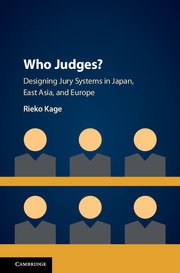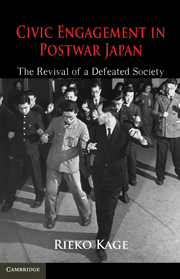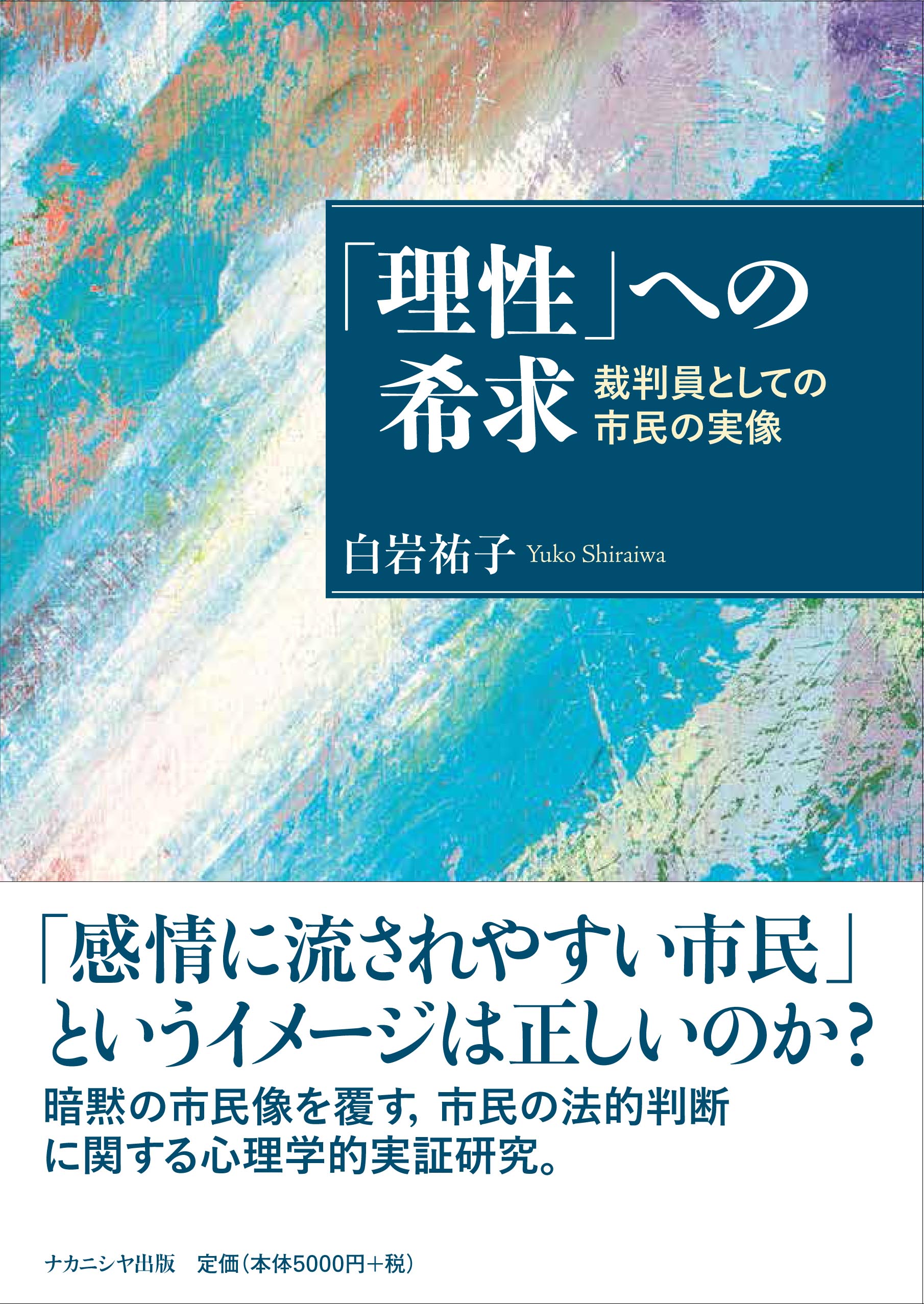
Title
Who Judges? Designing Jury Systems in Japan, East Asia, and Europe
Size
276 pages, hardcover
Language
English
Released
October, 2017
ISBN
9781108163606
Published by
Cambridge University Press
Book Info
See Book Availability at Library
Japanese Page
Jury/lay judge systems are a distinctive institution in developed democracies. Unlike ancient Athens, most avenues for political participation in contemporary democracies only offer citizens the opportunity to participate indirectly in state decisionmaking. Elections, for instance, allow citizens to elect public officials who, in turn, make policy, but they do not allow citizens to engage in policymaking per se. Similarly, petitions and protests enable citizens to exert pressure on elected officials, but the citizens do not themselves make actual policy. In contrast, serving as a juror or a lay judge presents a rare opportunity for the average citizen to take part directly in the making of consequential state decisions.
But jury/lay judge systems vary markedly across different countries in their design, and in particular in the extent to which they grant real powers to jurors/lay judges. Why do some countries transfer greater powers over verdict and sentencing from professional judges to citizens, whereas others choose to leave more of those powers in the hands of the professionals? To shed light on this question, this paper examines four developed democracies where the question of introducing new jury/lay judge systems became a significant issue on the political agenda after 1990: Japan, Taiwan, South Korea, and Spain. Drawing on quantitative analyses of fifty years of Japanese parliamentary debates as well as careful case studies of the four country-cases, the paper shows how differences in the “new left” orientations of leftist parties and the relative strength of those parties within the overall party system crucially shaped the extent to which power was transferred from professional judges to ordinary citizens.
(Written by KAGE Rieko, Associate Professor, Graduate School of Arts and Sciences / 2018)
Table of Contents
2 - Theoretical Framework: Participation and Partisan Politics
3 - The Distribution of Cases
4 - The History of the Lay Judge System Debate in Japan up to 1996
5 - Bringing the Lay Judge System Back In, 1997–2004
6 - Setting the Agenda: New Left-Oriented Parties and Deliberations in the Japanese Parliament
7 - Proposals for Lay Participation in the Republic of China (Taiwan)
8 - Introducing Jury Systems in South Korea and Spain
9 - The Impact of New Lay Judge Systems
10 - Conclusions
Related Info
Reviewed by Luke Nottage (University of Sydney Law School & Australian Network for Japanese Law) (The University of Sydney Dec 1st, 2018)
http://blogs.usyd.edu.au/japaneselaw/2018/12/review_-_rieko_kage_who_judges.html
Reviewed by Tom Ginsburg (University of Chicago Law School) (Social Science Japan Journal, Vol. 22, Issue 1, Winter 2019 Dec 9th, 2018)
https://academic.oup.com/ssjj/article/22/1/160/5236862



 Find a book
Find a book


 eBook
eBook
